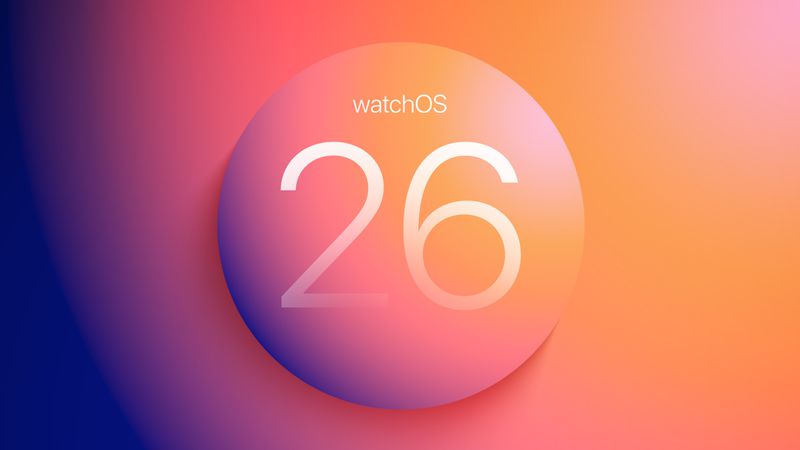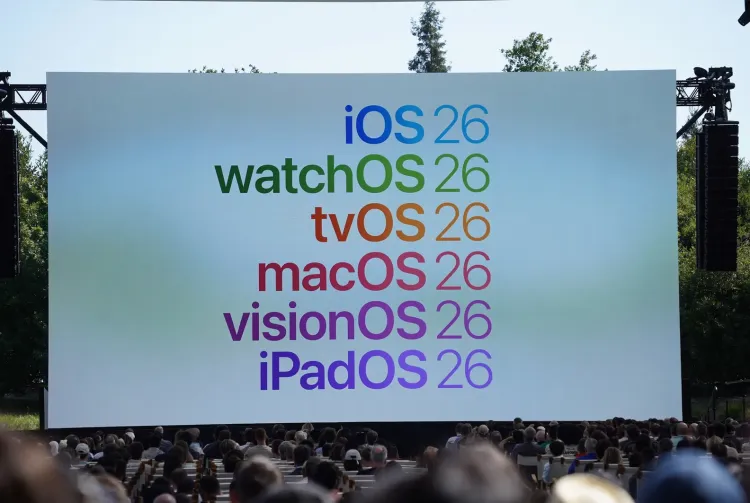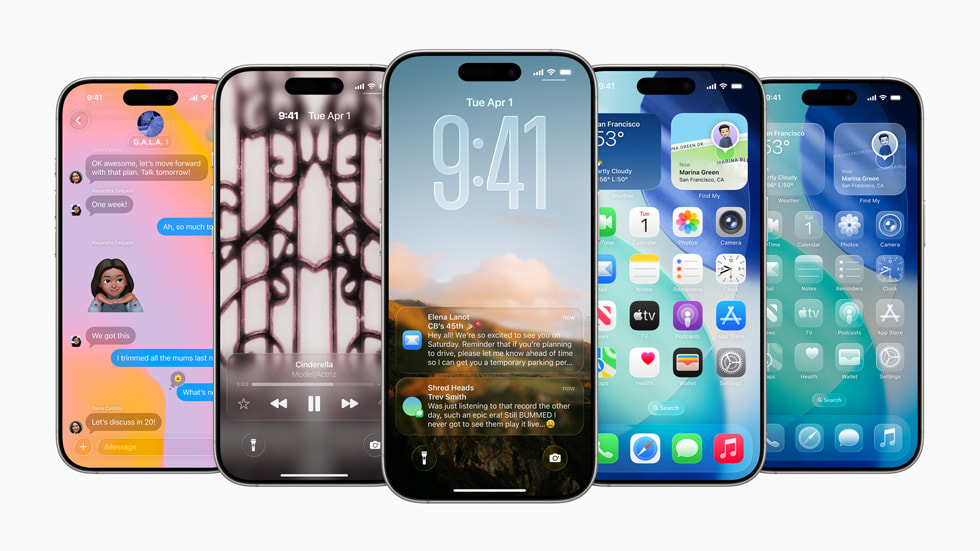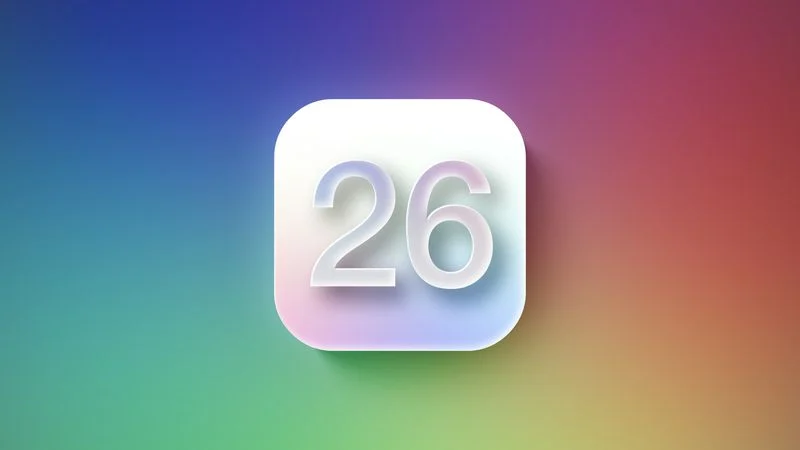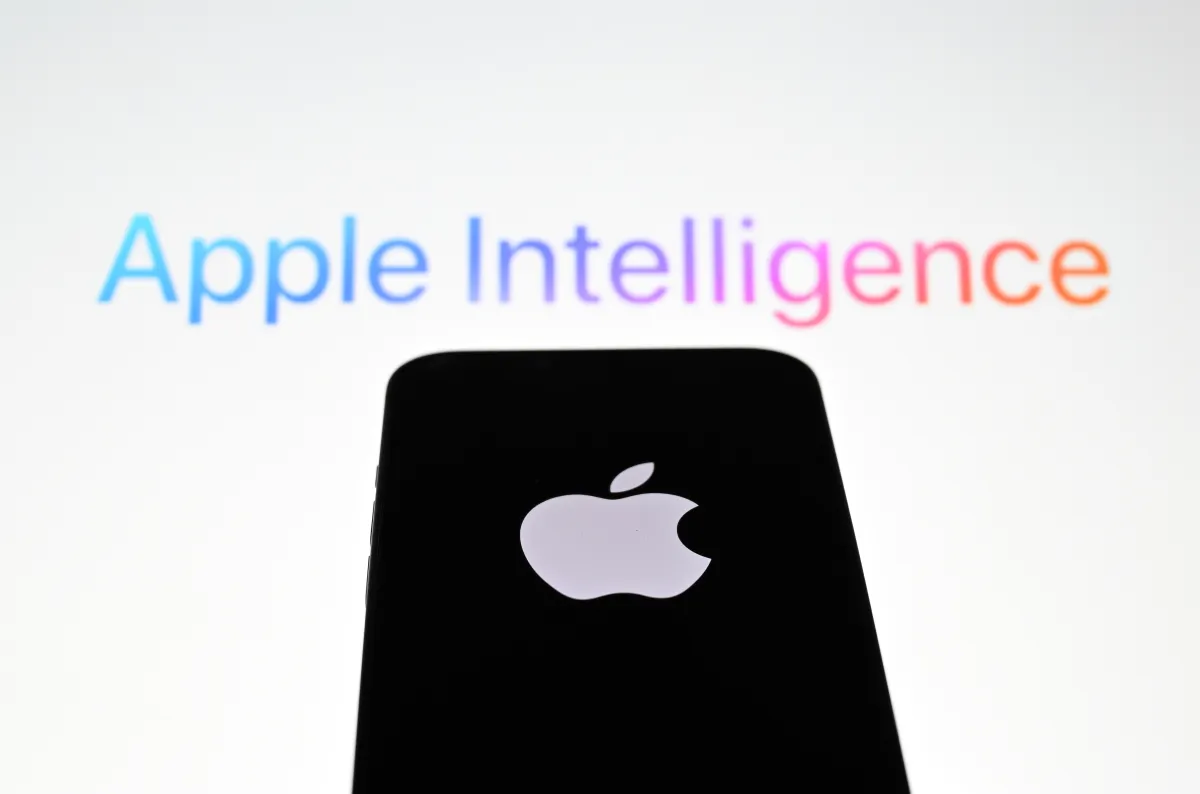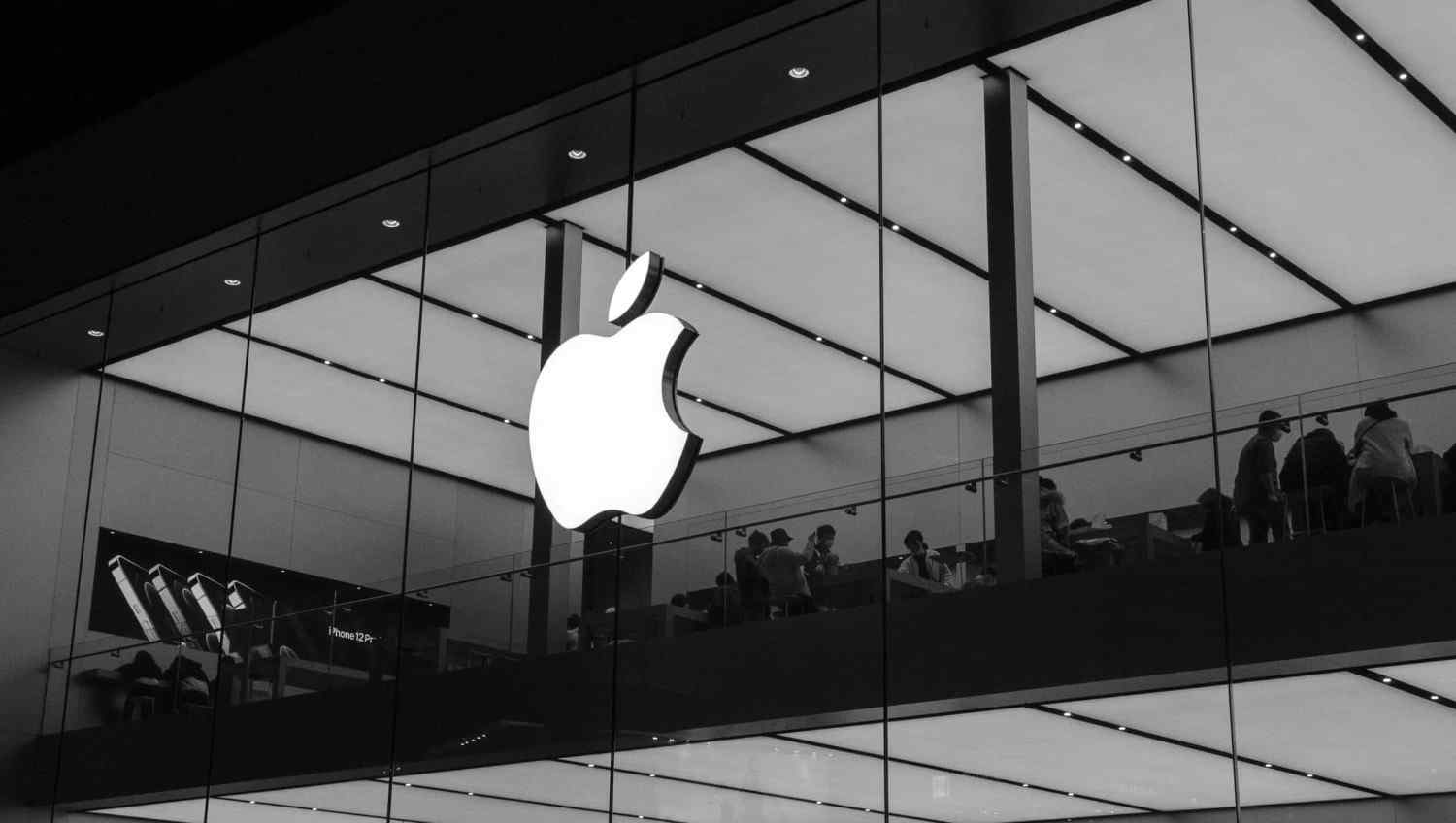Apple’s new watchOS 26 update brings some helpful changes to Apple Watch, making it simpler to use and more useful for workouts.
An easier way to clear notifications
With watchOS 26, you can now quickly dismiss notifications using a simple gesture. Just double-pinch your fingers together, and the notification will disappear from your screen. This feature works for all Apple Watches that support double-pinch gestures, making it faster to keep your watch face clear and organized.
Better workout app experience
The Workout app also gets a new look and some handy updates. The app now uses a card-style design, which makes it easier to see your workout stats and options at a glance. When you finish a workout, you’ll see a summary card that shows your results right away. This new design helps you find information quickly and makes the app feel more modern and simple to use.
Why these updates matter
These changes in watchOS 26 are designed to make the Apple Watch even more user-friendly. The new gesture for dismissing notifications saves time and effort, while the improved Workout app helps you stay on top of your fitness goals with less hassle. Overall, these updates make everyday tasks on your Apple Watch smoother and more enjoyable.
